BMW Art Guide by Independent Collectors
Chimera-Project — Budapest, Hungary
Post-contemporary interest in aesthetics while eagerly re-constructing and defining traditions
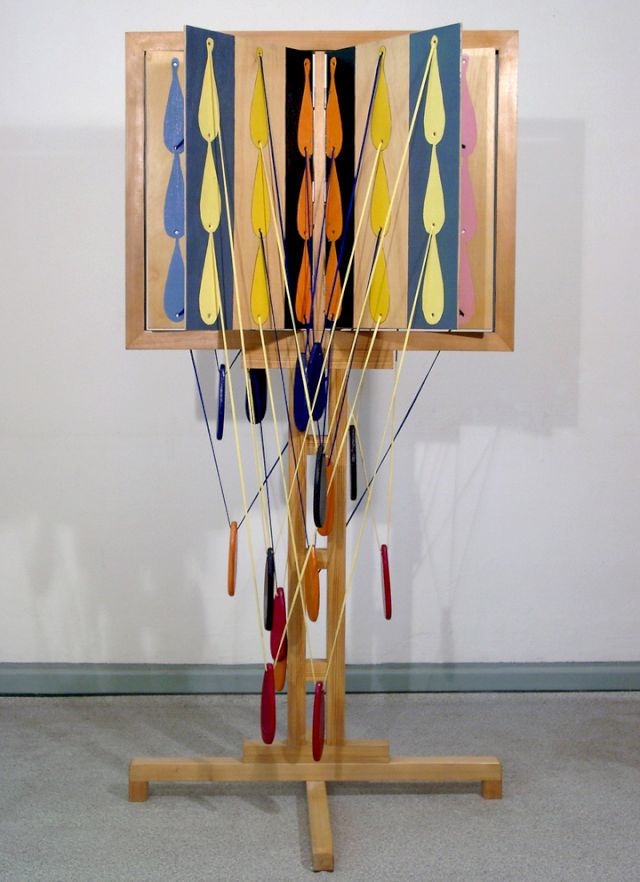
Budapest; a city that's revered for its architectural beauty, cheap drinks, and obsession with paprika. However there is more to this city than your typical tourist attractions, with the international art scene recently demonstrating a growing interest in introducing and reinterpreting Hungarian Neo-Avantgarde art into the contemporary art market.
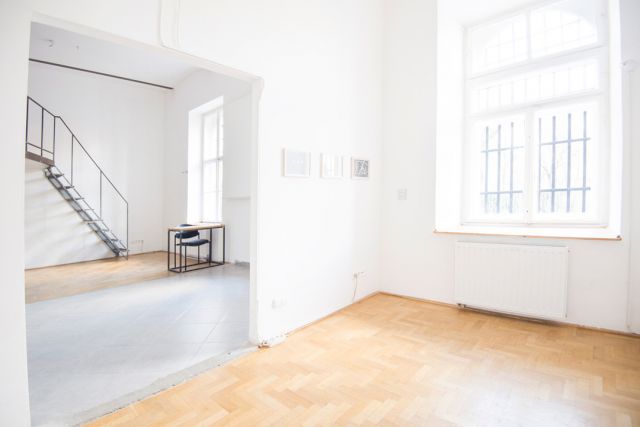
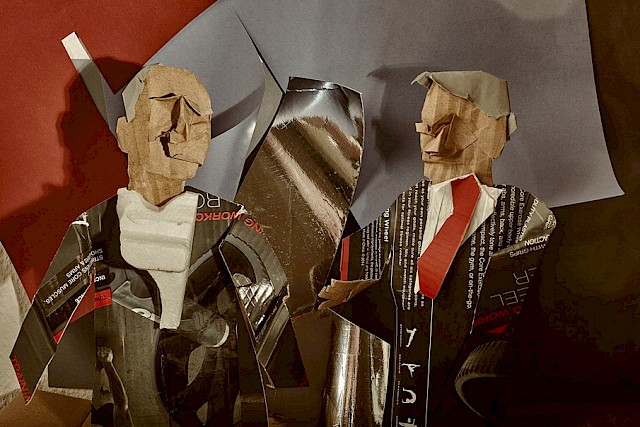
Founded by Patrick Urwyler and Bogi Mittich in 2008, Chimera-Project is a program gallery space located in the center of Budapest. Chimera-Project heavily supports the growing internationalization of the city, as well as the gallery program being based on thematic exhibitions that are often curated by guest directors from abroad. Their artists are all “intellectually convincing”, and tend to have a post-contemporary interest in aesthetics while eagerly re-constructing and defining traditions. Their profiles range from Hungarian neo-avantgardists, like Géza Perneczk, to recent, conceptually grounded artists such as Gábor Koós, Adrián Kupcsik, and Áron Kútvölgyi-Szabó.
The small amount of artists on the galleries roster is a conscious decision, allowing for the directors to be closely involved in each of the artists’ individual career needs. Chimera-Project's clientele is cosmopolitan and includes art enthusiasts living in Hungary as well as visitors to the city. They pride themselves on their walk-in buyers, and the internationalization of the city that comes with a more global set of patrons. The country's socialist heritage is still strongly on display within the art scene—a small local art market, institutional structural holes, and a relatively young commercial field. Coming from Switzerland, founder Patrick Urwyler believes Hungary's most striking structural problem “is the fact that contemporary art is not embedded in a stable and healthy institutional environment like it is in Germany or Austria, where a diversified network of Kunstvereine, private art institutions, and foundations proudly exist”. As a result of this situation, Hungary is still seen as a somewhat undiscovered territory with a lot of potential.
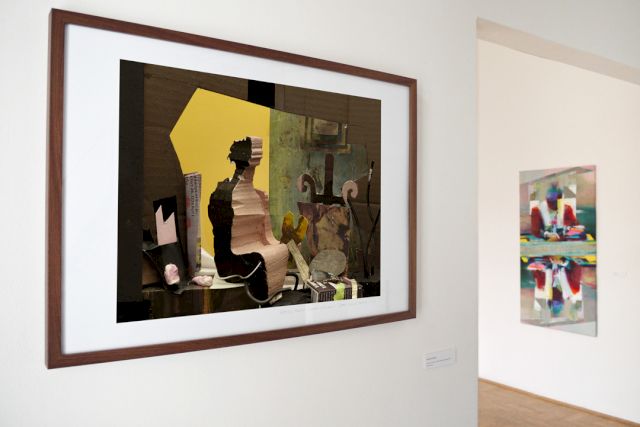
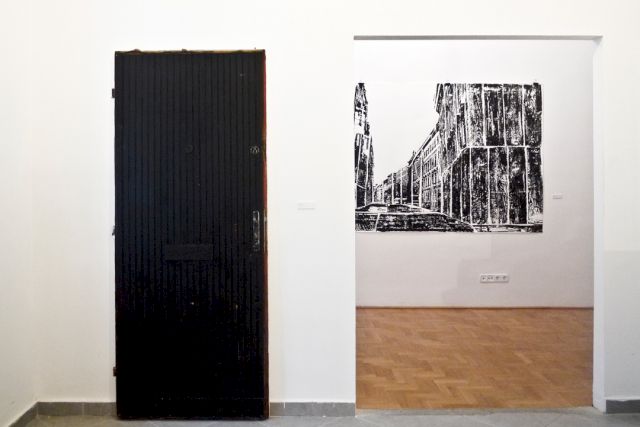
In addition to the international art scene’s interest in Hungarian art, another growing factor in the countries contemporary art scene is the unfortunate yet expanding right-wing influence within the government and its explicit political agenda that has had a significant impact on the artistic ecosystem. Hungary's autonomous art production is facing a great challenge, yet at the same time it’s rising up and showcasing a never-before-seen power for survival in the face of this threat.
Urwyler and Mittich are of the proud belief that “we have a Central and Eastern European mindset, which is why we continue to initiate projects in the CEE. We plan to establish a superstructure for awards in the region, which will create a larger awareness for the awards themselves, as well as CEE talents”. Over the next year they plan to launch an artist and curatorial residency, which will help further institutionalize their international exchanges.
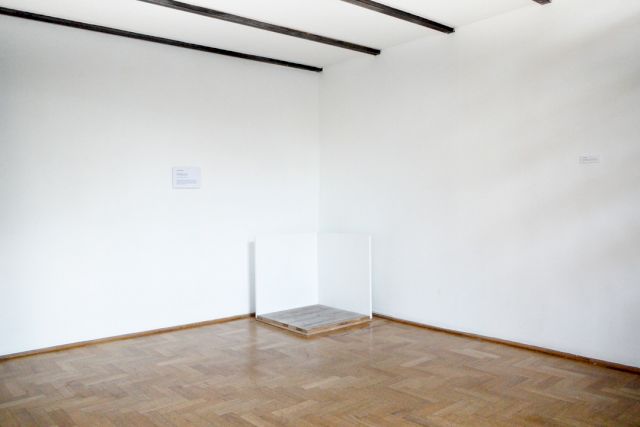
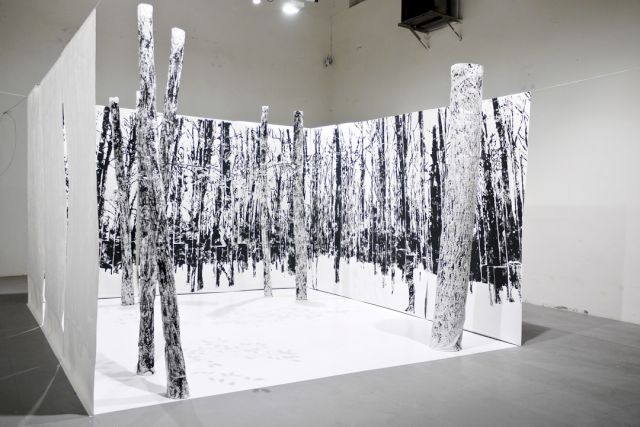
by Liv Fleischhacker
Liv Fleischhacker is a freelance writer based in Berlin. Her favorite topics include art, design and food.
All images courtesy Chimera-Project, Budapest
More Information on Chimera-Project